Week highlights: no huge releases, and yet, more work on CMYK support in babl/GEGL, stalled development of Natron gets prime-time attention, LibreCAD 3 is being worked on again, new module for the VCV Rack synth arrives.
Graphics
Jehan Pagès added a new ‘Maximum growing size’ option to the new Smart Colorization option of the Bucket Fill tool to avoid overflooding enclosed area when using ‘Sample merge’. If you feel adventurous enough to build GIMP from the master branch in git and check it out, the Smart Colorization option is hidden as a “Fill by: Line Art” option.
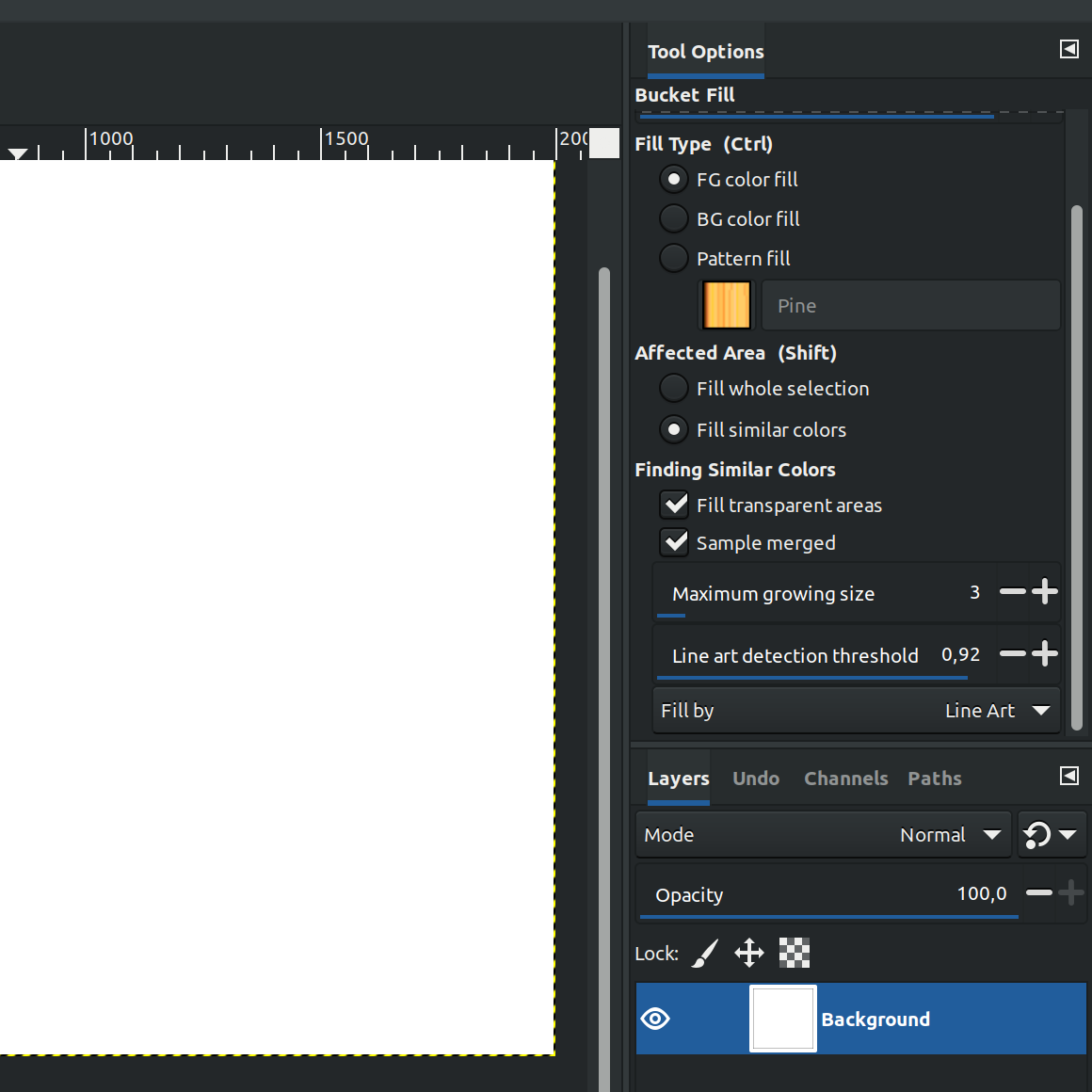
Meanwhile, Øyvind Kolås merged his work on CMYK in babl into the main development branch. Essentially, babl can now use LittleCMS2 to create a babl space from a CMYK ICC profile of an image, then let GEGL composite RGB images on top of CMYK images and output a CMYK image in the original color space. Both CMYK JPEG and CMYK TIFF are supported. See his most recent post on Patreon for details, and updated babl docs for even more details. Getting all this into GIMP might take a while.
Dmitry Kazakov wrote a detailed technical post that provides an insight into his recent work on better HDR support in Krita. What you need to know right now is that due to limitations of video systems on Linux and macOS, all his work related to GDR displays currently applies only to Windows 10.
The G’MIC team is working on a new style transfer function. Looking at preliminary results, people have been wondering if AI is involved. But in mere 69 lines of GMIC code… Probably not!
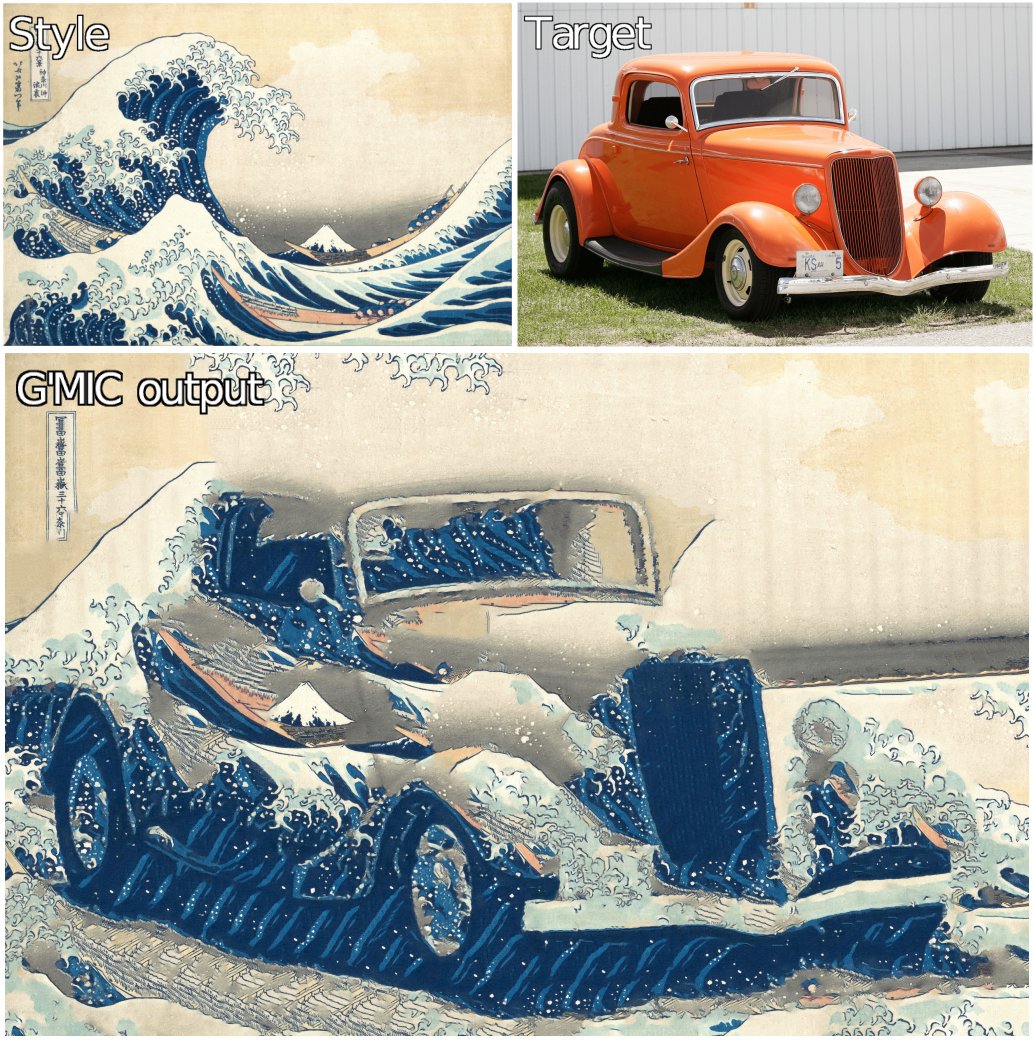
The Inkscape team did mostly plumbing work, and Jabier Arraiza continued his quest for multi-threaded canvas. In the main development branch, Tavmong Bah added a few more command line options for exporting (e.g. plain SVG is accessible now).
Photography
Aurélien Pierre introduced some improvements to his recently developed ‘filmic’ module for darktable. He also co-authored documentation on this module with Andreas Schneider. For nitty-gritty implementation details, check out this discussion on Pixls.
As for RawTherapee, the team mostly fixed bugs, improved performance of some operations, and improved UI of Profiled Lens Correction tool and Crop tool. They also added mask blur and ASC-CDL controls to the “L_a_b* regions” color toning tool.
3D and VFX
Not to steal the thunder from Blender, but the most discussed topic this past week was the situation with Natron, a free/libre compositing application for Linux, Windows, and macOS.
In a nutshell, both original developers left the project. The community is now discussing options to make Natron’s development and maintenance sustainable. It looks like they will need to find a new developer first though, as any money they collect have to go somewhere, and it better be pockets of an actual programmer. See our interview with former Natron developers for details.
For Blender, the hottest topic (other than upcoming 2.80 beta, of course) seems to be using NVidia’s OptiX AI Denoiser in Blender. There are two add-ons available, one by Maxime Casas and another by Grant Wilk (not yet piblic). And 3DLuver is trying to integrate OptiX support directly into main Blender code.
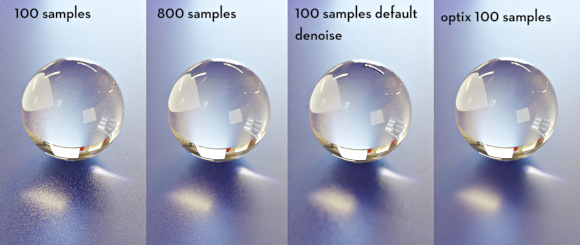
Jayanam published his Python UI widgets addon that makes it possible to render widgets (a button for now) to the 3D view and bind Python functions to it.
Simon Thommes released his procedural texturing tool called SCATTr for Blender 2.8. You can download it freely at Gumroad, although tipping the developer would be nice indeed.
Andreas Esau released new version of Asset Sketcher, his Blender add-on for painting objects directly into a scene.
Adding new asset distance type for #AssetSketcher line mode. You can place objects by distance or count now. Also improved the visualization of how many assets are projected. Will be released on #BlackFriday on the @blendermarket #b3d pic.twitter.com/WZyRvwbegC
— Andreas Esau (@ndee85) November 20, 2018
Video
The Kdenlive team is planning a bug hunting day for December 2 as part of the work on upcoming release scheduled for April 2019. If you are willing to get cracking with minor Kdenlive development and you know some C++, Qt, QML or KDE Frameworks, this sounds like a great incentive to join.
Tintwotin and samytichadou moved from discussion of possible improvements in Blender VSE to writing some Python code. For now, the changes in his GitHub repo boil down to exposing all VSE functions in the menu and writing some new stuff like Ripple Delete and Toggle All Modifiers.
Finally, the Axiom team started showing first screenshots of the AXIOM WebRemote desktop app that controls their open source modular movie camera. For detailed specs for the app see this page.

CAD
The FreeCAD team announced that v0.18 is so close it now makes sense updating translations for the release.
LibreCAD is seeing some development again, thanks to Florian Roméo, Rupak Bajgain, and Alexander Pravdin. Armin Stebich carries on with his role of the new project maintainer.
Thankfully, development is happening in both the stable branch and LibreCAD_3. The latter is getting UI changes, has spline and ellipse intersection, snapping to the circle center etc.
Reini Urban recently made two updates for LibreDWG 0.6, fixing a number of bugs. Unfortunately, he is still the only active contributor to this project.
Finally, the first stable release of LibrePCB (surprisingly versioned as v0.1.0) is out for the masses. Urban Bruhin encourages everyone to start making PCBs with it and report bugs.
Music-making
VCV Rack, an open source virtual ’eurorack’ synthesizer by Andrew Belt et al., is celebrating the first release of VCV Host, a paid module that allows loading VST plug-ins into the rack and controlling them with CV. You don’t have to be using proprietary synths like Arturia in the next video, a free/libre synth like Helm or Dexed on Linux will do just fine.
And if you feel bad about having to buy a proprietary module for a free/libre rack from the same developer, know that 80% of Audible Instruments Preview sales between July and September went to the Direct Relief charity.
Paul Davis continues working on beatbox / step sequencer for Ardour 6. There’s more progress, but it’s still early stages of the groovy thing. Meanwhile, Robin Gareus refactored Ardour to support external encoders for exporting projects. For now, Ardour allows exporting to MP3 and Ogg Vorbis, with configurable settings and export presets, including session metadata. Robin also made the audition synth of choice to load on demand (the process involves loading a 30MB large soundfont into memory).
Ardour now also has the beginnings of support for an experimental LV2 extension called ‘Request Parameter’ (which is temporarily in a dedicated branch). The idea is that plug-ins should be able to request the host for a file dialog. That is, if your plug-in is written with a UI toolkit that has no file dialog, an LV2 host would provide it.
Tutorials and education
GarageFarm.NET continue their Blender loft interior tutorial series. The 4th episode is modeling the bed.
It’s arguable, but timelapses have a certain educational value. Here is one of speed painting in Krita, posted by Johan Brits.
Zulfikar Wakang published a short timelapse of drawing a simple good looking logo with Inkscape (muting the background music much recommended).
Art and showcases
Daniel Bystedt published the breakdown for ‘Goodnight Claire’, a short animated film created as a test of Blender 2.80.
New ‘Ariel’ render by Pablo Dobarro, with some use of polypaint.
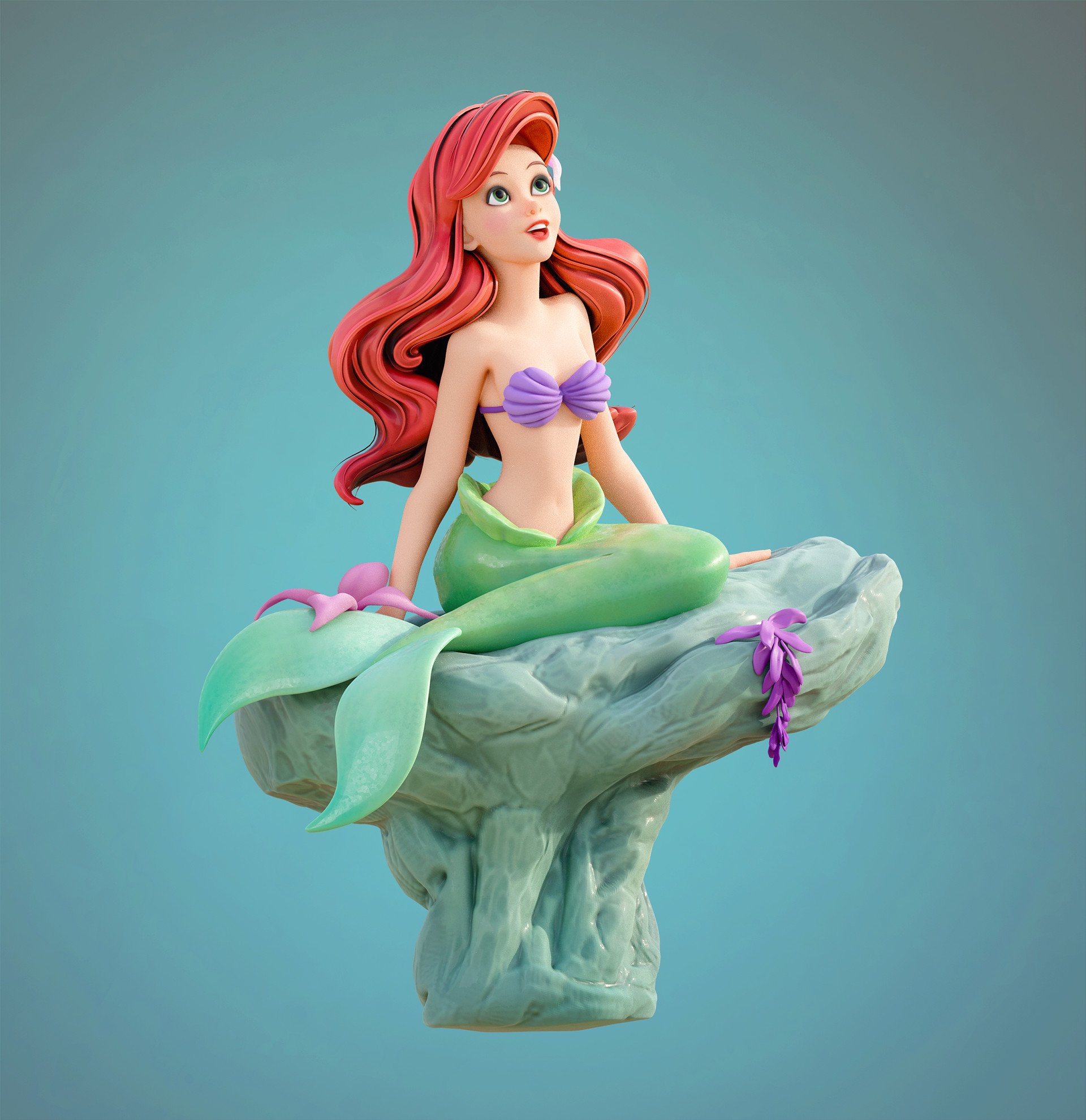
Sylvia Ritter published a new animal-themed tarot card painted with Krita.
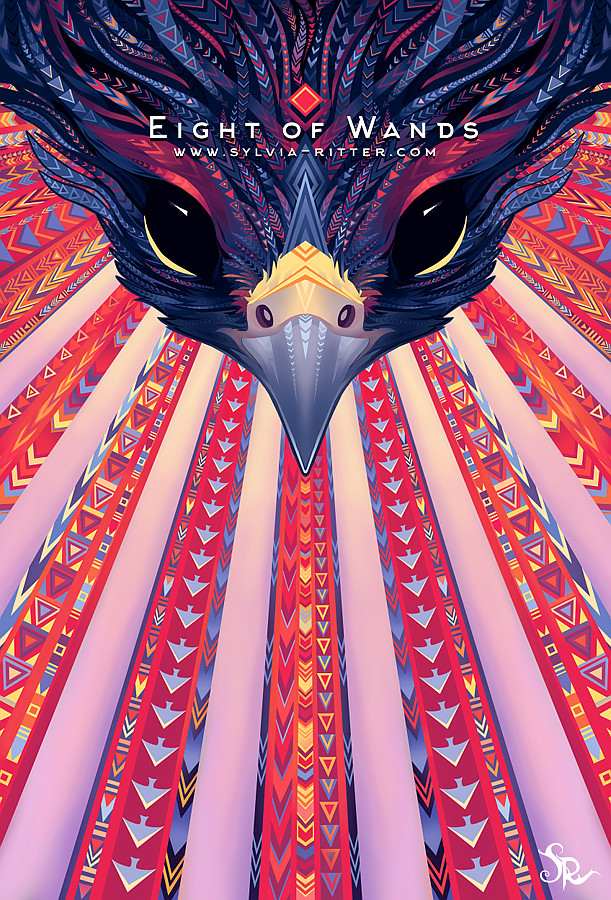
David Revoy published the cover for the upcoming third volume of the ‘Pepper & Carrot’ comic series (all made with Krita and Inkscape) published by Glénat.
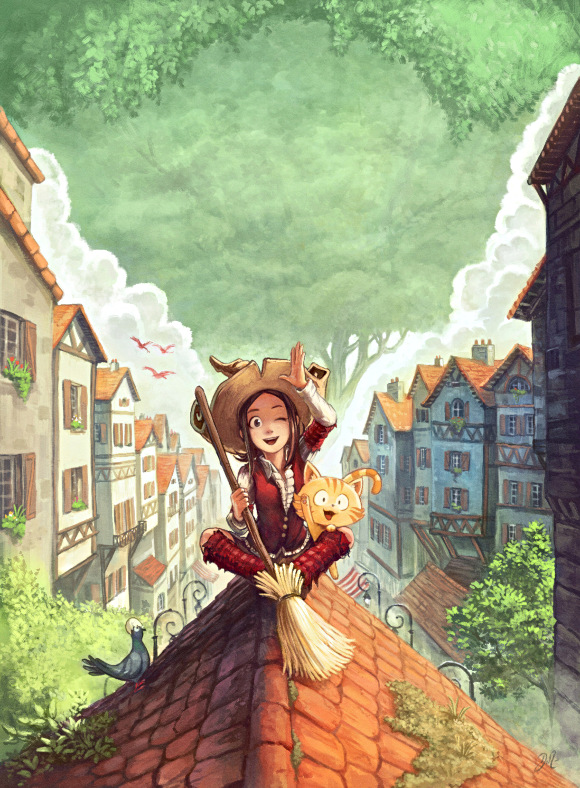
And if you haven’t seen it yet, check out the new artist showcase we published, with Yaroslav Chyzhevskyi using both MyPaint, GIMP, and Krita!
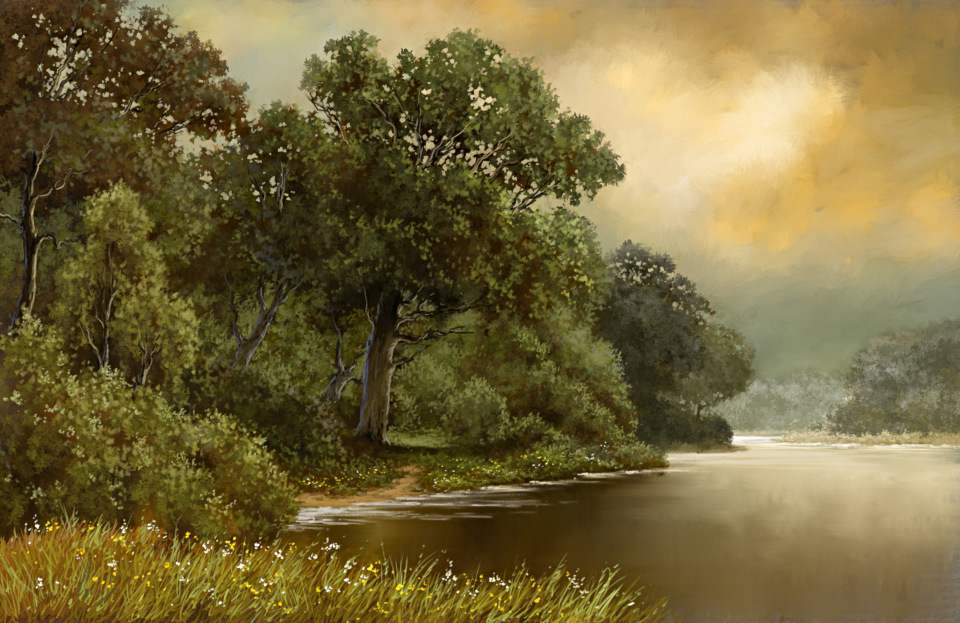
Patreon subscribers get early access to my posts. If you are feeling generous, you can also make a one-time donation on BuyMeACoffee.
